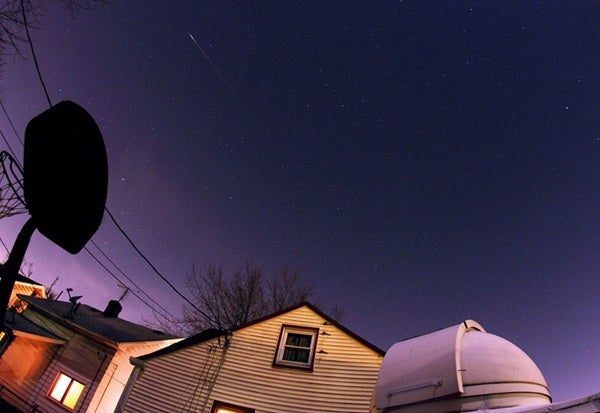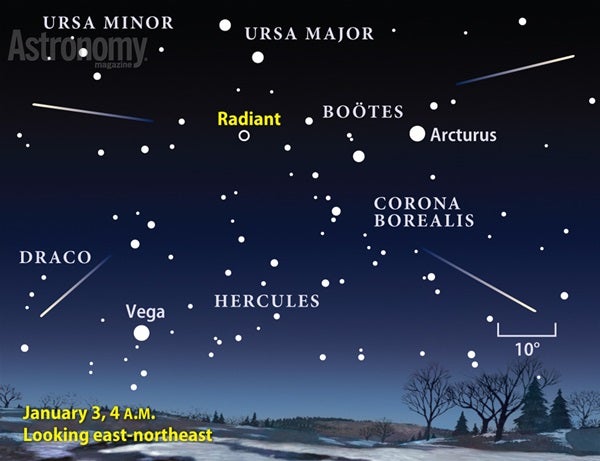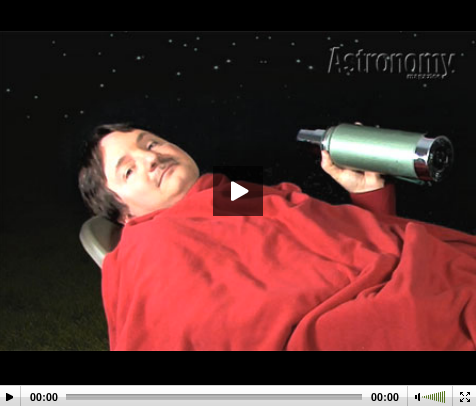Here’s something to look forward to this new year: The Quadrantid meteor shower will be turning on some holiday lights from December 28 to January 12. This year’s meteors are fortunate enough to streak across a moonless predawn sky.
The Moon will set in the early evening, leaving the sky as dark as your site is. The best time to observe the Quadrantids is during the early morning hours of January 3, when they peak. The climax of their sky-show will produce between 60 and 120 meteors per hour, a rate comparable to the more famed Perseid and Geminid showers.
Why, then, are the Quadrantids more obscure? “This particular meteor shower has a narrow peak,” says Senior Editor Michael Bakich. “Its high point only lasts a few hours, making it harder to catch. Plus, it occurs in the dead of winter for northern observers.”
The Quadrantids are named after an obsolete constellation. In 1928, the International Astronomical Union left poor Quadrans Muralis off the list of official stellar groupings. The Quadrantid meteor shower, however, already had its moniker. The name stuck, although the shower is sometimes called the Boötids, after Boötes, the modern constellation from which the meteors appear to emanate.
Meteors appear because small particles of dust collide with Earth’s atmosphere. The friction between these motes and the atmosphere vaporizes the dust, leaving only a trail of light in the sky. Meteor showers usually occur when Earth passes through a comet’s stream of debris — discarded dust that traces a comet’s orbit.
The Quadrantids, however, occur when Earth passes through the debris tail of a near-Earth asteroid called 2003 EH1. It orbits the Sun once every 5.5 years and was discovered just 10 years ago. To see the meteors caused by this space rock, look one-third of the way across the sky from the radiant (the spot on which the meteor paths appear to be centered) — in this case, in Boötes.
So put on your thermal base layer and head outside to celebrate the new year with the unusual and underrated Quadrantid meteor shower.
Fast facts:
- The debris stream that causes the Quadrantids contains 23 trillion pounds (10 trillion kilograms) of material.
- Interactions with Jupiter perturb the stream’s orbit, changing its tilt by as much as 58° in the past few thousand years.
- Video: How to observe meteor showers, with Michael E. Bakich, senior editor
- Video: Easy-to-find objects in the 2013–2014 winter sky, with Richard Talcott, senior editor
- StarDome: Locate the shower’s radiant in Boötes in your night sky with our interactive star chart.
- The Sky this Week: Get your Quadrantid meteor shower info from a daily digest of celestial events coming soon to a sky near you.
- Sign up for our free weekly email newsletter.













